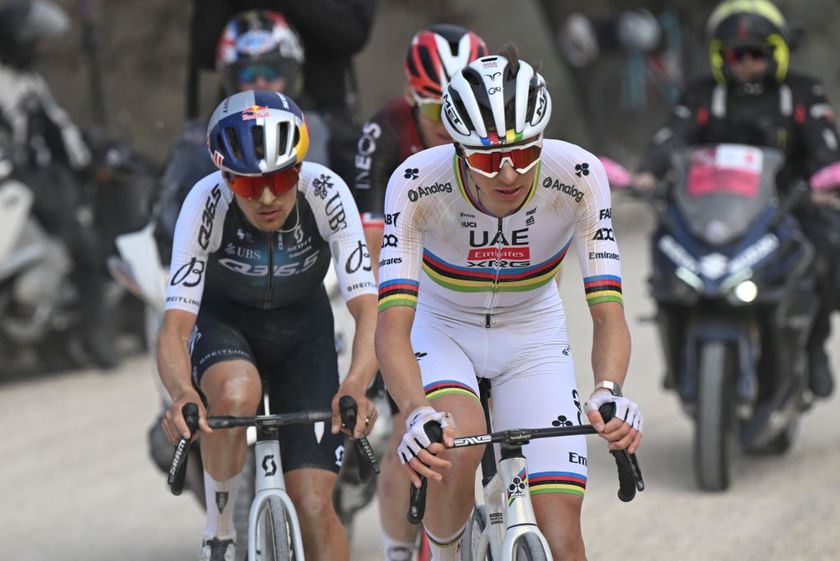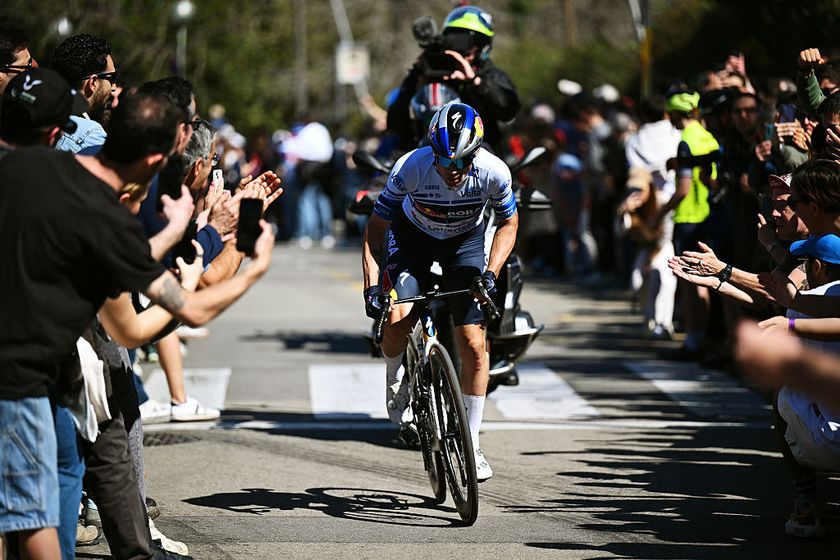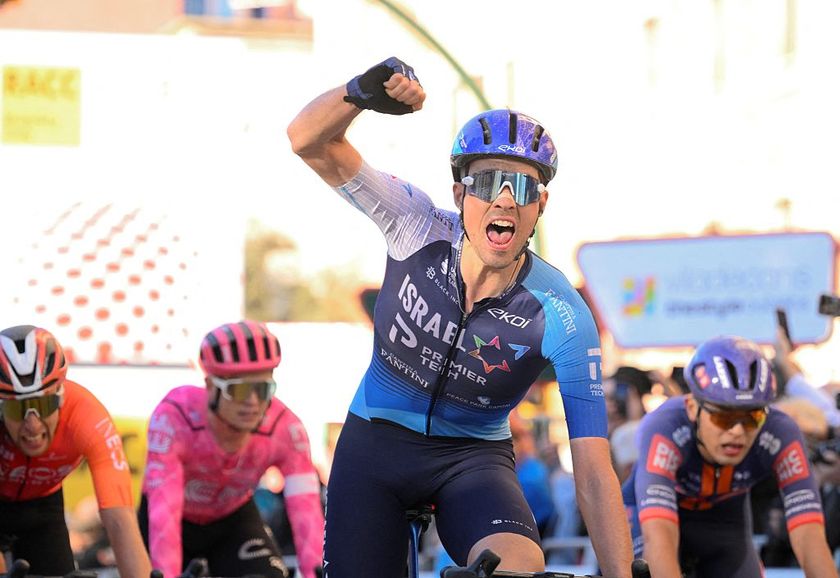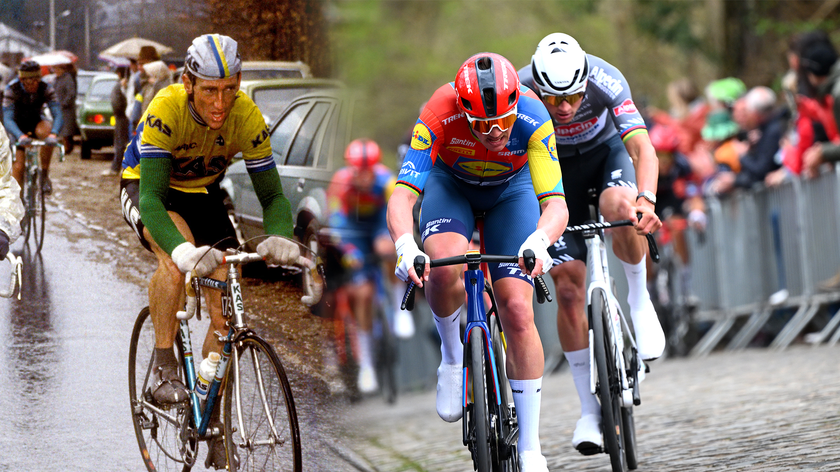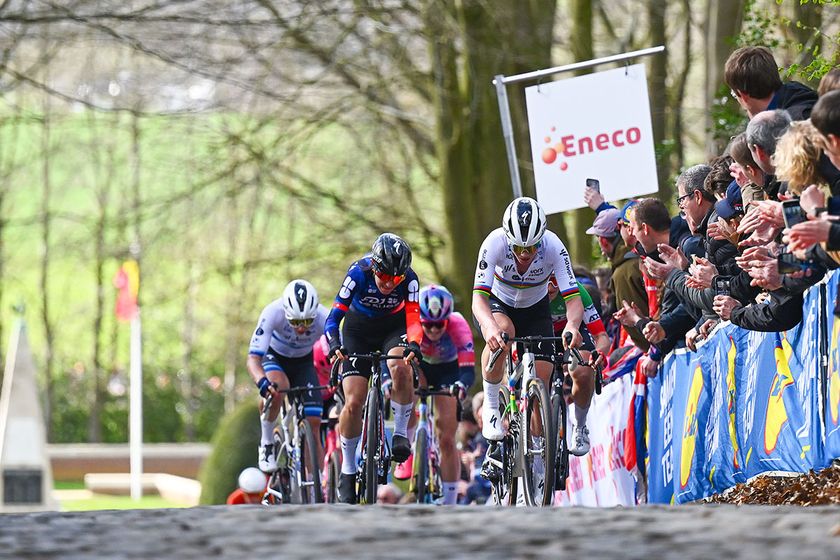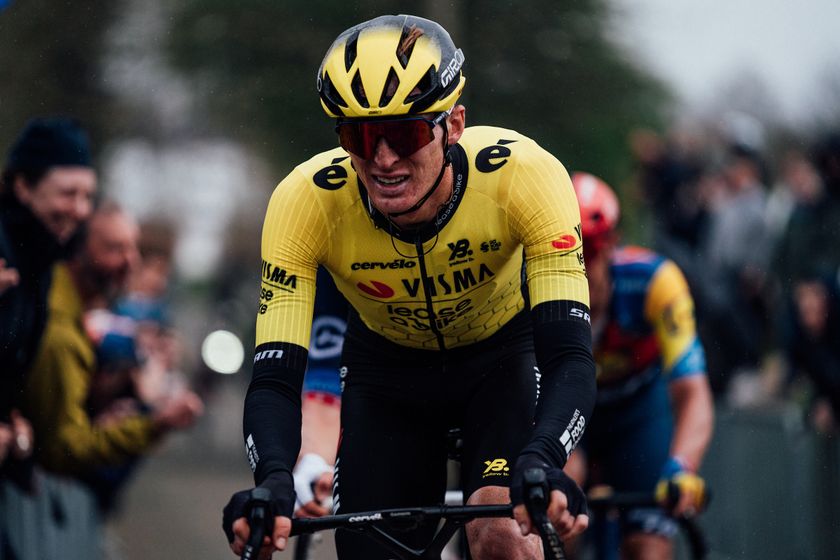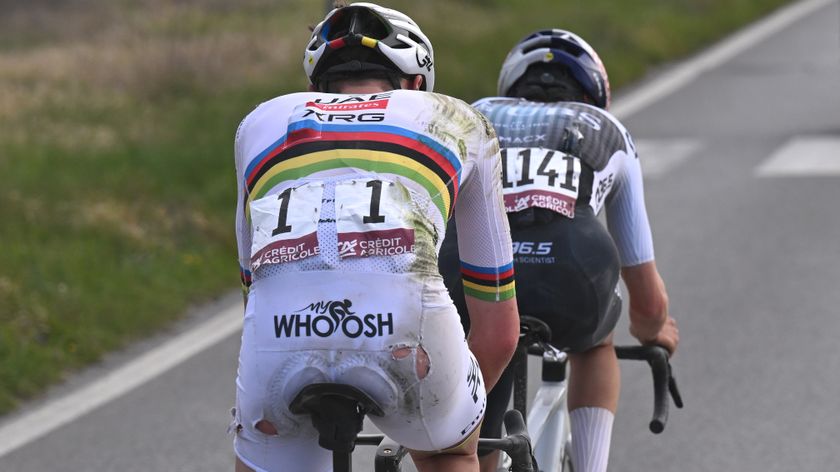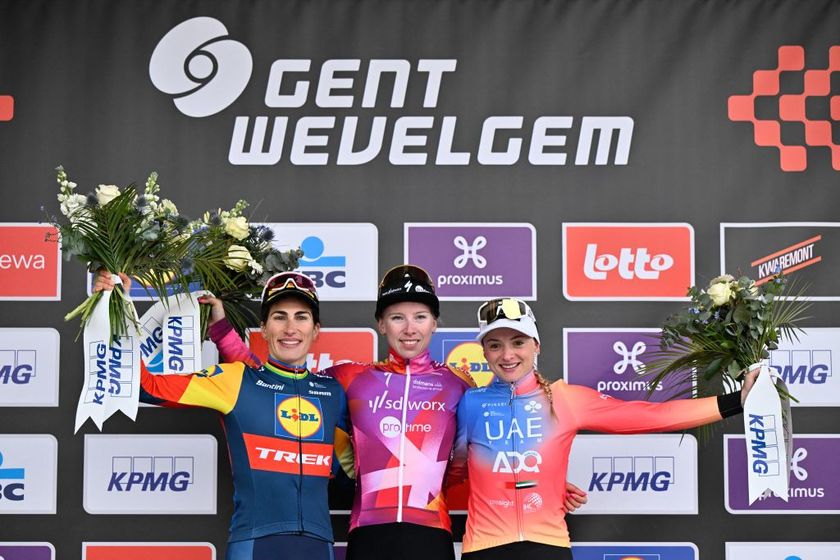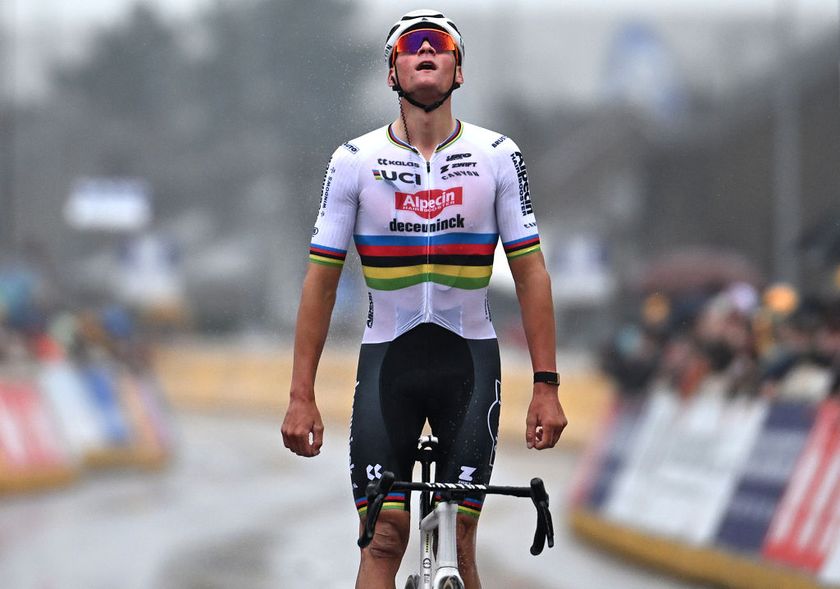Feature: Marginal gains and hypermyotonia
How tension affects muscles and the nervous system



In 1946, Fausto Coppi's legs were the voice which heralded him as the undisputed campionissimo of the professional peloton. There appeared no chink in his armour. Coppi's souplesse, his smooth seemingly effortless pedal stroke, is the stuff of legends.
They said he looked as if he were born on a bike. His reign was so absolute that his rivals found themselves agonizingly re-appraising just how the man could be toppled. Ironically, through careful observation born only out of desperate necessity, Coppi's weak link was found to lie in the tools of his success: his legs.
We know now that thanks to Gino Bartali's careful eye, a vein would bulge in Coppi's popliteal fossa when he was close to cracking. When this was seen, a Bartali domestique would shout, 'the vein, the vein', Bartali would attack and Coppi would be left sucking air. So began the era of Marginal Gains.
Most recently, British Cycling performance director, David Brailsford, claimed his teams' successes were due to the aggregation of marginal gains whereby all details pertaining to recovery and performance are examined, corrected, and optimised to ensure their riders have the greatest possible chance of victory.
These strategies have been put into place alongside a staunch anti-doping policy. In doing so, British Cycling has unwittingly created a marketplace for new ideas on performance, recovery, and what it means to be a sportsman. To a health care practitioner, this is exciting stuff.
Hyper... hyper... hypermyotonia
I have said this before and will say it again; cycling offers those interested in human performance, be they doctors, sports physiologists, chiropractors, massage therapists, acupuncturists, trainers, and so on with a closed loop environment of highly developed human specimens upon whom to test strategies and treatments for improved performance and the means to quickly measure, both qualitatively and quantitatively, the relative success or failure of these initiatives.
Get The Leadout Newsletter
The latest race content, interviews, features, reviews and expert buying guides, direct to your inbox!
In short, if you're doing good things, the results are evident almost immediately. Same goes if you're not doing good things.
This winter, I had the opportunity to work with a group of ProTour riders who, as ever, were on the hunt for ways to raise their game for the coming year. Among them all, to a man, existed the spectre of hypermyotonia, a term that medical dictionaries define as extreme or excessive muscular tonicity.
Does that definition mean much to you? Have you ever heard of it? Of course, there is very little discussion on hypermyotonia amongst the current sporting milieu. Compared to the 8,590,000 results for 'antioxidants' on Google, there are only 11,800 on this funny little term.
I like to think of hypermyotonia as Coppi's vein in the big budget marketplace of marginal gains. While largely unknown or not well understood, both treating for it and educating the riders in how to self-manage the tension of their musculature yielded incredible results this off-season. Results that, in my opinion, offer a strong competitive edge for the riders to exploit in the search for success on the bike.
It's all about tension
Let me bring the conversation back to Coppi's vein. It is necessary to understand why a vein would suddenly alter its normal state and swell if you want to understand hypermyotonia.
The first step is to understand the mechanism in our body that controls the relative tension of the blood vessels which, by the way, is the same mechanism which controls the relative tension of the musculature: the nervous system.
Under stress, where Coppi's neurological potential on any given day to perform the demands of bike racing (above and beyond the demands of sustaining the daily physiological needs of the human body) was reaching its limit, empirically demonstrable changes occurred in the state of his visible blood vessels.
The ensuing inability to respond to the attacks of his rivals speaks more to Coppi's state of his nervous system at that time than to his muscles' inability to respond to the need for more power.
If the presentation of the veins change (thanks to the vaso-motor function in nervous tissue in the muscles), so too will there be a change in the relative tension of the musculature (thanks to the motor function of nervous tissue in muscles) as they are part and parcel. One does not change without the other changing alongside it.
This phenomena is not dissimilar to shock, where laxity of the blood vessels accompanies reduced perfusion of blood in the tissues leading to reduced tissue function.
The principle to understand here is that blood vessel and muscle tension are controlled in the brain and spinal cord and that there are identifiable physical markers in the body (veins and muscles) with which even lowly domestiques can observe the fluctuating state of the nervous system.
This manner of observing veins and muscles is the essence of meridian theory in Traditional Chinese Medicine. Ergo, it would seem that the way to avoid having your “coppi vein” day on the bike would be to increase the potential availability of the nervous system to perform its various functions optimally.
How that is done in a treatment setting I won't be disclosing in this article. What I will disclose is that by recognising and remedying states of hypermyotonia, an athlete at least has a chance to begin the process whereby this 'availability' can improve.
Don't work in order to rest
Lie on your back for a moment with your feet long and your hands by your sides. Can you sense how much of your low back makes contact with the floor? Is the room for your hand to fit between the floor on your low back?
Take a minute and get a sense of what your low back is doing as you lie at rest on the floor. You may find that indeed your hand can fit between your low back and the floor. You may also notice that sections of your spine above the lumbar vertebrae do not contact the floor and even lift further from it as you inhale.
Do you notice any pain or discomfort with lying long on the floor, so much so that you want to bend your knees or make some adjustment to find relief from those sensations?
If you find any of these observations in lying there on the ground, welcome to the world of hypermyotonia. Essentially, your body is expending significant resources unnecessarily to sustain a postural presentation of lifting itself off the floor against the effects of gravity while at rest. There are no marginal gains to be had if it takes work to rest.
I spent two weeks with Garmin-Transitions rider Christian Meier in California this past December and when we started on day one, this world class cyclist could not lie flat on the floor without pain. It's a bit of a paradox when you consider he had been riding with Floyd Landis, Mari Holden and the other California cycling elite and was able to perform the cardio-vascular demands of training without a problem. He just couldn't lie on the floor without discomfort and wanting to move in order to find relief.
Within a couple days, with a couple hours of work each day, the pain was no longer an issue anymore. Christian could feel more of himself on and supported by the floor. He could lie flat without pain. Best of all, he learned to kinaesthetically identify what was the optimal tonus of his musculature, what was not optimal tonus, and how to make corrections independently.
With this issue resolved, we moved on to refine other aspects of his riding like pedal stroke and position on the bike. Developing souplesse is a personal goal of Christian's and one that involves refinement and coordination of the flexors and extensors.
With personal control of the relative tonus of his musculature, Christian began to explore how using his prime movers in specific ways increased power, raised his RPMs, and created a sensation of lightness on the bike.
If astute readers compare pictures of Christian riding last season to those that will emerge this season, you will notice a big change. I will leave it in your hands to define and understand those changes.
Stress less, Svein...
After California, I flew to Maui to join Svein Tuft. Last year was a challenging year for Svein with more crashes and bad luck than good days. He had had himself a good rest after the Herald Sun Tour and I found him relaxed and motivated upon my arrival on what may be my most favorite place on earth.
After no more than five hours of work together, Svein's wattage had increased 10 percent at the same pulse rate on a six hour circuit he had ridden three days before. Even if the stars had aligned and he randomly fell upon spontaneous form at the beginning of January with hairy legs, 10 percent is a massive gain in just three days.
Subsequent testing at the team camp in Spain with Dr Iñigo San Millán demonstrated further improvement that exceeded all of our expectations, even after the long plane ride back to Europe and independent management of hypermyotonia with his newly acquired de-tensioning skills.
Pro cycling and the technology around it has changed since the days of Coppi and Bartoli. The human body, however, remains the same. Our evolutionary pace is distinguishably slower than that of the carbon bikes we ride.
Reduction of hypermyotonia through refinement of the nervous system is in my opinion the most exciting and potent of strategies for improving rider performance in a very short space of time available today. It is the essence of marginal gains and offers even the most finely tuned cyclist a good many extra percentages towards performance and recovery.
Watching Svein and Christian, amongst other riders, work through this process and see the measurable improvements happen before our eyes was a fantastic and rewarding way to spend the winter. I had a good chuckle when I heard details of the new Team Sky bus, which by all accounts sounds like a very pleasant ride to be driven about Europe in, and thought of their riders unknowingly hypermyotonic in their personalised seating with customised lighting and sound.
If only Coppi had known about such vehicles, he may have been able to temper the vein and beat back his observant rival, that patron saint of marginal gains, Gino Bartali. On to the racing!
Interested in this feature? Want to find out more? Email Rob Grace with any queries or concerns
Conquer Cancer with Christian Meier this Summer
Garmin-Transitions rider Christian Meier left the Vuelta d'España early last September due to the passing of his brother, Michael, to cancer.
In Michael's memory, Christian has put together a team for the Ride to Conquer Cancer, a fully supported two-day ride from Vancouver to Seattle, June 19-20, 2010.
If readers are interested in joining Christian as a team member or support his team's efforts by making tax deductible donations, they may do so by visiting the Conquer Cancer site
Interested riders can also join Christian for the one day ride home on June 21. More information can be found here
Please support the memory of Michael Meier. Join Team Last Chance and help support cancer research and care.
